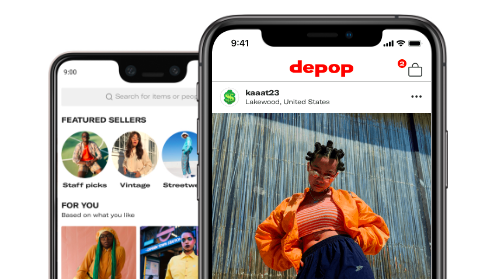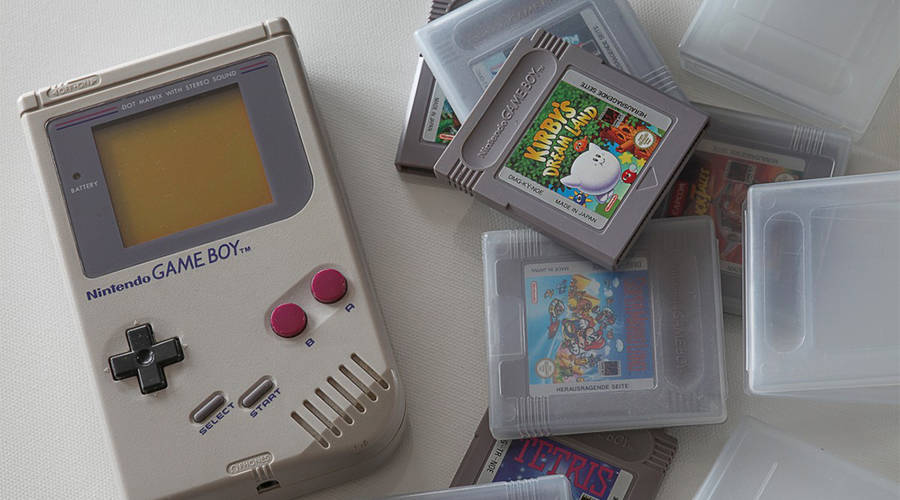Gen Zers bring retro looks back with an app

High-top sneakers, washed-out T-shirts featuring old rock ‘n’ roll bands and super tiny glasses are the types of merchandise that Rebecca Rusheen, a 26-year-old Los Angeles graphic designer, started selling on her online Depop store last year.
She’s into sourcing distinctive looks from the ’80s, ’90s and early 2000s. “Anything that’s kind of that ’90s or early 2000s super-branded, logo-heavy — or just like huge brand — that kind of stuff definitely sells the best,” Rusheen said.
If you scroll through her Depop collection, it’s filled with Nike turtlenecks, ripped denim jackets and even Harley-Davidson button ups. As she attracted more followers on Depop, she noticed teenagers asking for specific items.

“I sell pretty much anything vintage that you can think of, so whether that’s denim shirts, purses, accessories,” Rusheen said. “Pretty much anything that I can find that has some nostalgia to it, I’m definitely interested in selling.”
For the young shoppers on Depop, fashion status is staked on not so much owning the latest items; it’s more about the hard-to-find, iconic, old ones. And that shift might help tame consumers’ trend-hopping and tendency to quickly toss away clothing.
“Not only are people, these young people, concerned about the working conditions under which the clothing is manufactured, but they’re also concerned about climate change and resource depletion,” said Sarah Roberts, a UCLA assistant professor in the Graduate School of Education & Information Studies and internet culture expert.
Roberts said Gen Zers — born 1997 to 2012, according to the Pew Research Center — shop this way because self-expression and sustainability are the kind of value they are looking for in used clothes. And, she said, most of these sellers promote their wares on multiple digital platforms, where upcycling can be marketed and monetized.
But for Rusheen, sourcing merchandise for her store is getting harder to do.
“As much stuff as there is in LA, there’s so many people who are looking for it that I need to go a little bit more on the outskirts of LA,” she said, “or I need to source more like on eBay and really be digging through pages and pages of things to find that exact thing that I know is going to sell.”
Rusheen also said that most of the money she makes on Depop is put back into buying items to sell. Right now, she’s on the hunt for old necklaces and jackets.
Related links: More insight from Molly Wood
The used clothes retailer ThredUp put out a report — I found it in a TechCrunch article from this summer — that says the resale market for used clothes is expected to double to $51 billion in the next five years and eventually account for a full 10% of the retail market.
Buying used directly from people who are selling stuff out of their closets can, of course, have its downsides. To that effect, there is an Instagram account called Depopdrama that chronicles all the weird excuses for not shipping items and other funny exchanges that users, mostly in the United Kingdom, have submitted over the years.
The future of this podcast starts with you.
Every day, the “Marketplace Tech” team demystifies the digital economy with stories that explore more than just Big Tech. We’re committed to covering topics that matter to you and the world around us, diving deep into how technology intersects with climate change, inequity, and disinformation.
As part of a nonprofit newsroom, we’re counting on listeners like you to keep this public service paywall-free and available to all.
Support “Marketplace Tech” in any amount today and become a partner in our mission.




















